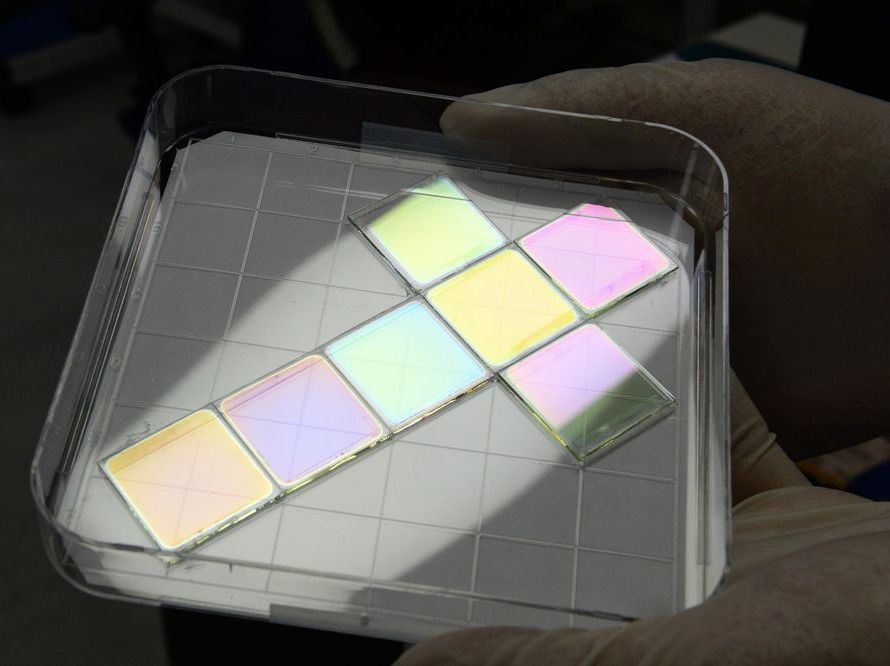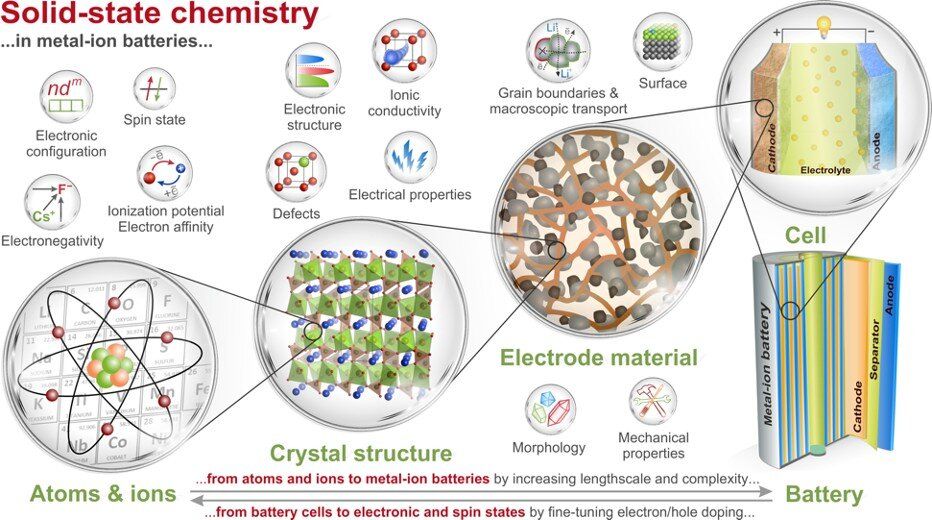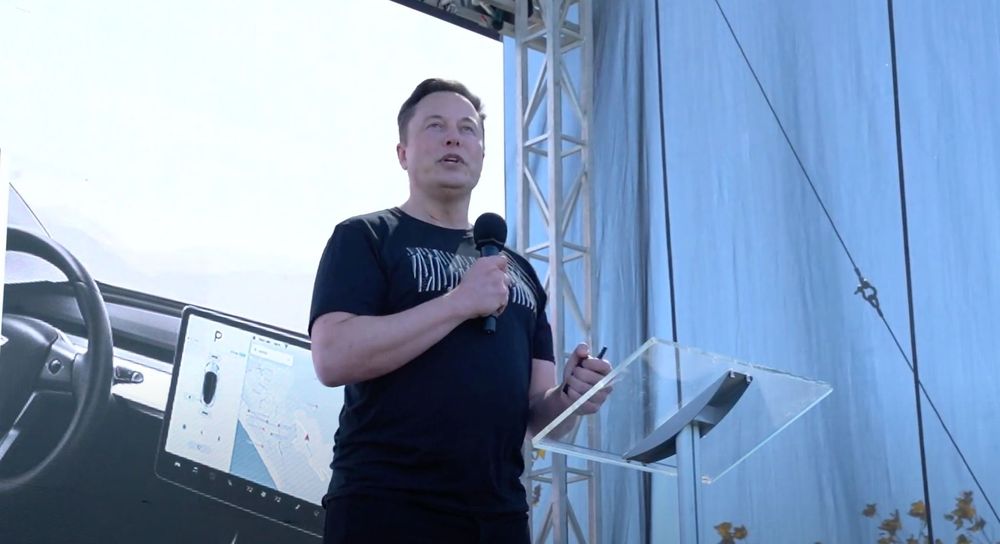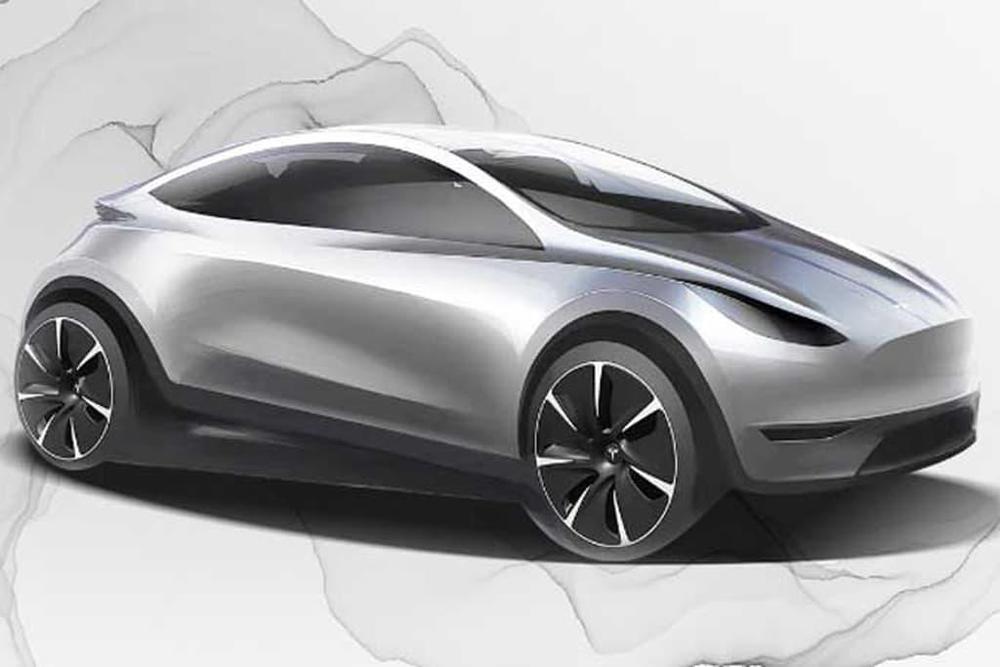No daily driver needs a car with crazy acceleration or incredible top speed. However, torque and agility can definitely come in handy at times.


No daily driver needs a car with crazy acceleration or incredible top speed. However, torque and agility can definitely come in handy at times.

Research on solar cells to secure renewable energy sources are ongoing around the world. The Electronics and Telecommunications Research Institute (ETRI) in South Korea succeeded in developing eco-friendly color Cu(In, Ga)Se2 (CIGS) thin-film solar cells.
CIGS thin-film solar cells are used to convert sunlight into electrical energy and are made by coating multiple thin films on a glass substrate. They have a relatively higher absorption coefficient among non-silicon based cells, resulting in high conversion efficiency and long stability. Also, they require less raw materials compared to silicon-based cells; hence less process and material costs.
One downside has been the difficulty in commercialization as they use the buffer layer which contains toxic heavy metal, cadmium. Thus, the ETRI team replaced the cadmium sulfide (CdS) buffer layer with zinc (Zn) based materials — which is not harmful — and managed to achieve approximately 18% conversion efficiency; thus eliminating the obstacle to commercialization.

The recent 2020 US West Coast wildfire has opened infernos, as it ravaged hundreds of homes and charred hundreds of neighborhoods. On September 10, 2020, CNN announced that the Creek Fire had taken more than 166,00 acres after destroying 360 structures in Central California, Amidst a state emergency, firefighters had to defeat the “beast” that turned the scenery to a similar fiction movies scene on a doomsday. Wildfire causes environmental disasters that were attributed by many scientists to climate change. The preparedness, detection, and management of wildfires and other environmental disasters, that affected the environment hinge on satellite technologies, essentially, the Remote Sensing of sea surfaces and land areas, and the civil space-based Earth Observation and its applications. Such space-based technologies are deployed to assess, monitor, and manage local, regional, and large-scale transboundary environmental issues that impact the societies, economies, and ecosystems. Thanks to its large areas’ data collection and high-frequency capabilities Earth Observation, in particular, has become a powerful tool to monitor the terrestrial environment and manage environmental disasters as it be addressed in this article.
Satellite technologies have been used to understand climate change better to find solutions to mitigate its deteriorating consequences, such as hurricanes, droughts, rising sea levels, melting polar ice caps, wildfire, and floods. Scientists relied upon various observation systems and satellite technologies, networks of weather balloons, buoys, and thermometer, to collect climate change’s evidence from the depths of the oceans to the top of Earth’s atmosphere. For instance, EO is relied upon to map the greenhouse gases. Earth Observation (EO) monitors the carbon dioxide (CO2) concentration, the second most abundant greenhouse gas component after water vapor, satellite monitored through water management, and weather forecast [1]. Public and private entities harnessed spectroscopy and satellites to monitor externalities data from various sources.

Professors from the Skoltech Center for Energy Science and Technology (CEST), Lomonosov Moscow State University and College de France shared their vision on the importance of solid state chemistry in advancements currently awaited from contemporary and prospective metal-ion batteries. The opinion was contributed as an invited review to Nature Communications.
Metal-ion batteries are the main drivers enabling a smooth transfer to renewables and green energy for a sustainable planet. The artfully designed electrode materials have greatly contributed to the development of high-performance Li-ion batteries that was eventually hallmarked by the 2019 Nobel Prize, which had signified the role solid state chemistry. Targeted design of novel metal-ion battery materials to bring the technology to the next level clearly stands as a great challenge for today’s chemistry community.
The individual properties of atoms and ions encoded in the Periodic Table along with the fundamental trends and principles multiplied by further levels of complexity constitute multitude of possible combinations for scientists to find new battery electrodes. Obviously, the researchers need solid guidelines while searching through this huge parameter space for the best chemical combinations and structures.

The bacteria cocktail eats plastic six times faster than any other bug.
A newly discovered “super-enzyme” could finally mean effective recycling of plastic bottles and other materials, scientists say. The plastic-eating bacteria can digest plastic six times faster than current methods of chemically breaking it down.
DIVE DEEPER. Read best-in-class military features and get unlimited access to Pop Mech, starting now.




